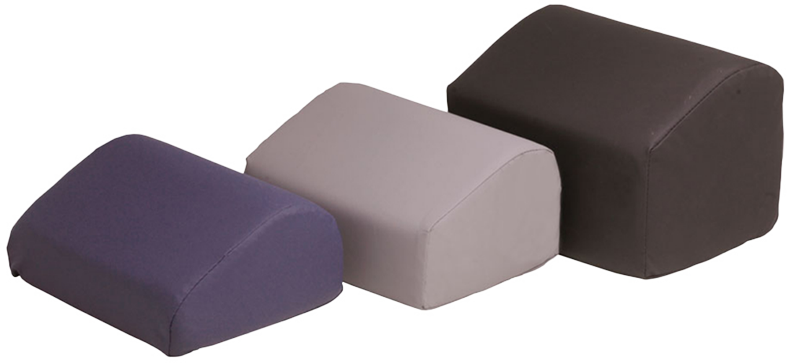How Does Memory Foam Work?

It’s in everything from mattresses to pillows and dental headrests, but how does memory foam actually work, and what makes it spring back into its original shape without incurring damage? While we won’t say exactly which materials we use in our memory foam headrests and other products, we can talk a bit about what memory foam is, how it works, and why it’s so comfortable.
What is Memory Foam?
Memory foam is a special material that gently gives when a force is applied to it. When a person lies or sits down on a surface made out of memory foam, the foam gives and contours to their body, creating a nice cushion that is both stable and comfortable.
How Does Memory Foam Work Exactly?
Have you ever pressed your hand down on memory foam, taken it off, and watched as your handprint slowly disappeared as the material returned to its original shape? This is the innate property of memory foam. It’s what makes it such a special material.
But how does it work?
Memory foam is mostly made of polyurethane as well as a few other chemicals that help give it three properties:
- Viscosity
- Elasticity
- Density
Viscosity, a material’s resistance to deformation due to stress, tends to refer to something that is fluid (think of tree sap), but it combines with the elasticity of memory foam to create what is known as viscoelasticity. Since elasticity is a material’s ability to return to its natural shape after a being deformed by a force, viscoelastic materials have both the ability to resist deformation by a force and the ability to return to its natural shape when the force is no longer applied to it.
That’s why you leave an imprint of your body when you lie on memory foam, and that’s why the material will always bounce back and return to its natural shape.
Density Matters Too
Density, the mass of an object per unit of volume, is how concentrated a material is. It can be described as how compact an item is. Foam manufacturers need to get the density right when creating memory foam or the material simply won’t be comfortable. If it’s too dense, the material will be hard and won’t give when you lie or sit on it. If it’s not dense enough, you will sink right into the middle of the material and be engulfed in it. The perfect amount of density allows for a comfortable, yet stable surface.
Memory Foam in the Dentist’s Office
For years, dentists have used standard dental chairs with ample cushioning, but they haven’t yet caught on to how beneficial memory foam pillows and other dental chair accessories can be to both them and their patients. The right memory foam headrest and chair pad can help keep patients comfortable, but they can also stabilize patients and help dentists keep them in a position that makes working on them easier, putting less strain on the bodies of dentists and hygienists.
To see a full line of memory foam dental chair accessories, head over to The Crescent Products online store today.